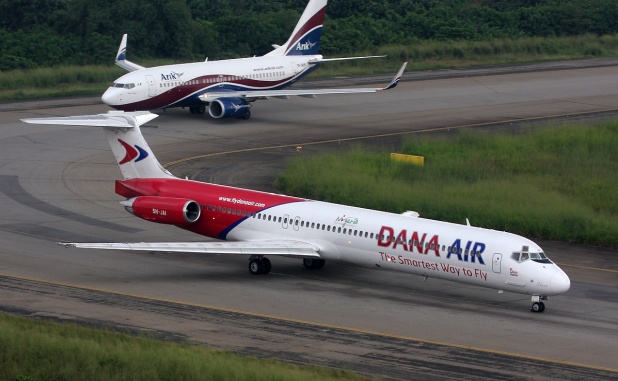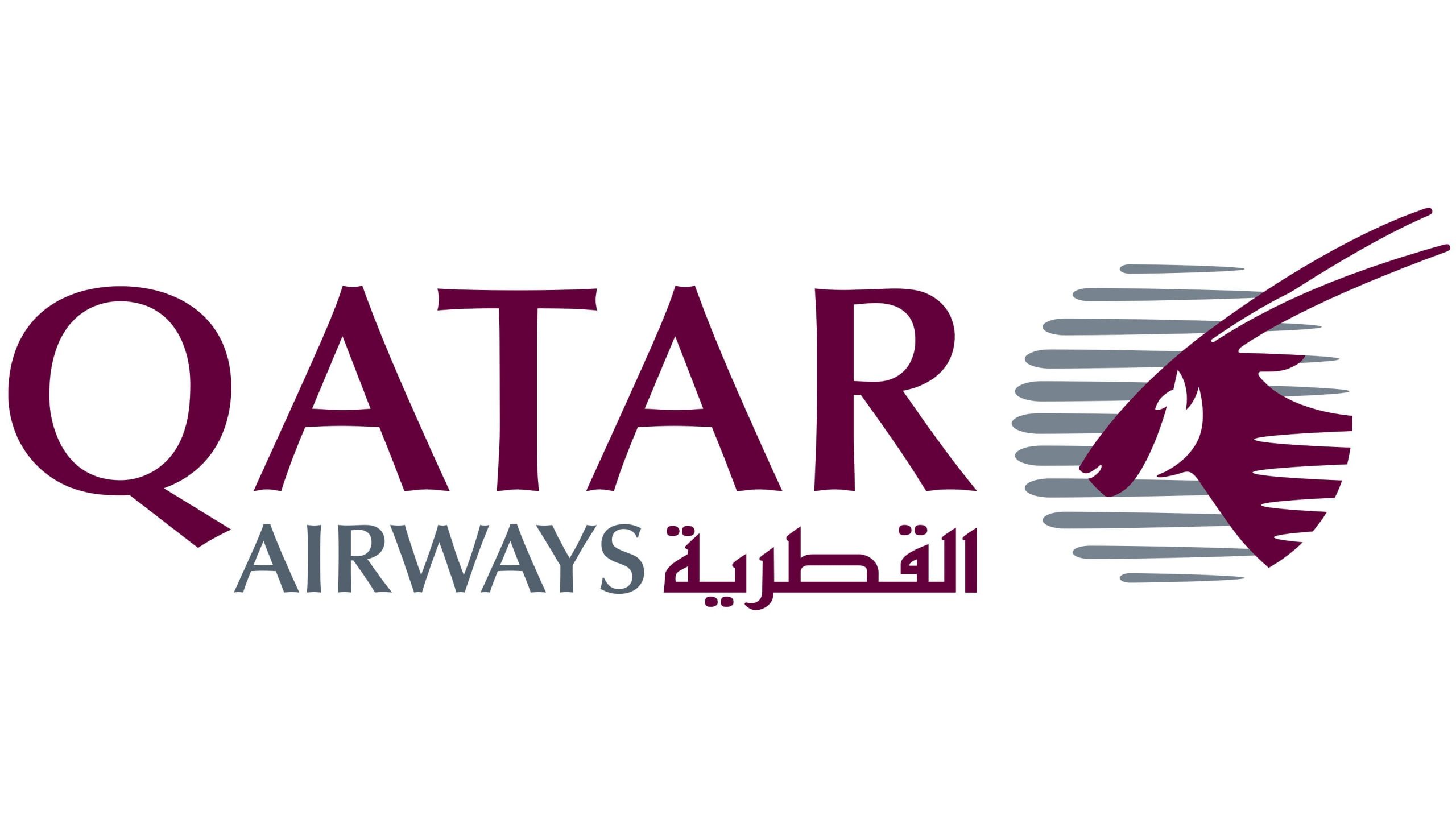Travel/Tourism
Emirates Group Suffers 70% Profit Loss


By Dipo Olowookere
The Emirates Group has released its 2016-17 Annual Report and it showed that the Arab firm’s profit depreciated from what was obtained last year by 70 percent.
It was learnt that the group made $670 million as profit in the financial year ending March 31, 2017, while its turnover hit $25.8 billion with a huge workforce of 105,000.
However, this is the 29th consecutive year of profit and steady business expansion for Emirates Group despite a turbulent year for aviation and travel.
Business Post gathered that the firm’s revenue reached $25.8 billion, an increase of 2 percent over last year’s results, while its cash balance decreased by 19 percent to $5.2 billion, mainly due to the repayment of two bonds on maturity and ongoing high investments into its fleet and aircraft related assets.
In line with the current business climate and to support the future investment plans of the Group, it said no dividend payment would be made to the Investment Corporation of Dubai (ICD) for 2016-17.
Commenting, Chairman and Chief Executive of Emirates Airline and Group, Sheikh Ahmed bin Saeed Al Maktoum, “Emirates and dnata have continued to deliver profits and grow the business, despite 2016-17 having been one of our most challenging years to date.
“Over the years, we have invested to build our business capabilities and brand reputation. We now reap the benefits as these strong foundations have helped us to weather the destabilising events which have impacted travel demand during the year – from the Brexit vote to Europe’s immigration challenges and terror attacks, from the new policies impacting air travel into the US, to currency devaluation and funds repatriation issues in parts of Africa, and the continued knock-on effect of a sluggish oil and gas industry on business confidence and travel demand.”
In 2016-17, the Group collectively invested $3.7 billion in new aircraft and equipment, the acquisition of companies, modern facilities, the latest technologies, and staff initiatives.
Sheikh Ahmed said, “These investments will further strengthen our resilience, even as we extend our competitive edge, and adapt our businesses to the volatile business climate and fast changing consumer expectations.”
“We remain optimistic for the future of our industry, although we expect the year ahead to remain challenging with hyper competition squeezing airline yields, and volatility in many markets impacting travel flows and demand,” he added.
“Emirates and dnata will stay attuned to the events and trends that impact our business, so that we can respond quickly to opportunities and challenges. We will also progress on our digital transformation journey.
“We are redesigning every aspect of how we do business, powered by an entirely new suite of technologies. Our aim is to deliver more personalised customer experiences, and seamless customer journeys, and make our operations and back-office functions even more efficient,” he further said.
Across its more than 80 subsidiaries and companies, the Group increased its total workforce by 11 percent to over 105,000-strong, representing over 160 different nationalities.
Emirates’ total passenger and cargo capacity crossed the 60 billion mark, to 60.5 billion ATKMs at the end of 2016-17, cementing its position as the world’s largest international carrier. The airline increased capacity during the year by 4.1 billion Available Tonne Kilometres (ATKMs), or 7 percent over 2015-16.
During the period, Emirates said it received 35 new aircraft, its highest number, comprising of 19 A380s and 16 Boeing 777-300ERs.
At the same time 27 older aircraft were phased out, bringing its total fleet count to 259 at the end of March. This fleet roll-over involving 62 aircraft was the largest programme it has ever managed in a year, and it brought Emirates’ average fleet age down significantly to 63 months, compared with 74 months last year, and the industry average of 140 months.
During the year, Emirates launched six new passenger destinations: Fort Lauderdale, Hanoi, Newark, Yangon, Yinchuan and Zhengzhou; and one new additional freighter destination: Phnom Penh. It also added services and capacity to nine cities on its existing route network across Africa, Asia, Europe, the Middle East, and North America, offering customers even greater choice and connectivity.
Against significant currency devaluations against the US dollar and fare adjustments due to a highly competitive business environment, Emirates managed to keep its revenue stable at $23.2 billion. The relentless rise of the US Dollar against currencies in most of Emirates’ key markets had a $572 million impact on airline revenue, and to the airline’s bottom line. It was the 2nd largest measured in a financial year after last year.
Total operating costs increased by 8 percent over the 2015-16 financial year. The average price of jet fuel fell slightly during the financial year. But due to an 8 percent higher uplift in line with capacity increase, the airline’s fuel bill increased by 6 percent over last year to $5.7 billion.
Fuel is now 25 percent of operating costs, compared to 26 percent in 2015-16, but it remained the biggest cost component for the airline.
Overall passenger traffic growth continues to demonstrate the consumer desire to fly on Emirates’ state-of-the-art aircraft, and via efficient routings through its Dubai hub.
Emirates carried a record 56.1 million passengers (up 8%), and achieved a Passenger Seat Factor of 75.1 percent. The decline in passenger seat factor compared to last year’s 76.5 percent, is relative to the strong 10 percent increase in seat capacity by Available Seat Kilometres (ASKMs), and also in part due to lingering economic uncertainty and strong competition in many markets.
Under pressure from the weakening of all major currencies against the USD, passenger yield dropped to 6.7 US cents per Revenue Passenger Kilometre (RPKM).
To fund its fleet growth in a year of record aircraft deliveries, Emirates raised $7.9 billion, using a variety of financing structures.
Emirates continued to tap the Japanese market for the Japanese Operating Lease (JOL) structure and Japanese Operating Lease with a Call Option (JOLCO) on both A380-800 and Boeing 777-300ER aircraft, while further accessing a diverse institutional investor and bank market base including Korea, the United Kingdom, Germany and Spain. Further and owing to the suspended Export Credit Agency (ECA) support, Emirates successfully structured an innovative $1.2 billion commercial bridge facility with US and Chinese institutions.
These deals align with Emirates’ strategy to seek diverse financing sources, and underscore its sound financials and the strong investor confidence in the airline’s business model.
Emirates closed the financial year with a healthy $4.3 billion of cash assets.
Emirates continued to invest in refreshing its product and services in line with changing customer needs. The airline revealed its enhanced A380 Onboard Lounge which will enter service in July 2017, and announced a significant, multi-million dollar deal with Thales to equip its future Boeing 777X fleet with Thales’ AVANT inflight entertainment system.
In an airfreight market that remained challenging with fast-changing demand patterns, Emirates’ cargo division reported a revenue of $2.9 billion, a decline of 5 percent over last year, while tonnage carried slightly increased by 3 percent to reach 2.6 million tonnes.
Emirates’ hotels recorded revenue of AED 738 million (US$ 201 million), an increase of 5% over last year in a highly competitive market mainly in the UAE.
In its 58 years of operation, 2016-17 has been dnata’s most profitable yet, crossing $330 million profit for the first time.
Building on its strong results in the previous year, dnata’s revenue grew to $3.3 billion, up 15 percent. dnata’s international business now accounts for 66 percent of its revenue.
In line with revenue growth, the number of aircraft handled by dnata in the UAE increased 2 percent to 216,000, and Cargo handling by 4 percent to 714,000 tonnes showing a first turnaround sign of the cargo industry’s ongoing malaise.
Travel/Tourism
Verve, Providus Bank Unveil Travel Card for Tourists, Others

By Aduragbemi Omiyale
A travel card designed for tourists, business visitors, Diaspora returnees has been launched by Verve in partnership with Providus Bank.
Known as the ProvidusVerve Travel Card, the Naira-based travel card will allow inbound travellers to enjoy a smooth, secure, and convenient payment experience throughout their stay in Nigeria. It was powered by Verve’s secure.
Created to support the surge of tourists, expatriates, business visitors, conference delegates, and returning diaspora expected during the festive Detty December season, the ProvidusVerve Travel Card enables seamless payments for transportation, hotels, dining, shopping, entertainment, and everyday essentials nationwide.
The card also works on select global merchant platforms that accept Verve, including Netflix, Google Play, and other digital services, ensuring travellers enjoy uninterrupted access to familiar services.
The ProvidusVerve Travel Card eliminates the hassle of sourcing naira or converting foreign currency on arrival. It enables instant, secure transactions, reduces reliance on cash, and supports compliance with the cashless policy of the Central Bank of Nigeria (CBN).
It also mitigates the risks associated with carrying physical cash such as loss, theft, or fraud, offering a safe, regulation-aligned option for both online and in-person payments.
“The ProvidusVerve Travel Card is a timely solution for inbound travellers seeking reliability, security, and simplicity while navigating Nigeria.
“Together with Providus Bank, we have created a product that eliminates the friction traditionally associated with accessing local payments.
“Whether for tourism, business, or festive activities, this card ensures a smooth financial experience from the moment visitors land,” the Vice President for Issuing and Acquiring Management for Africa at Verve International, Mr Paul Ohakim, stated.
On his part, the Divisional Head for Product Management and Solution Delivery at Interswitch, Mr Ademola Adeniran, described the partnership as a reflection of “Verve’s commitment to designing products that respond to real user needs.”
“The ProvidusVerve Travel Card supports everyday experiences — from booking rides and hotels to shopping, streaming, and dining. It provides inbound travellers with a secure, compliant, digital-first way to experience Nigeria without financial barriers,” he added.
Travel/Tourism
FG May Sell Dana Air Assets to Repay Debts

By Adedapo Adesanya
The Minister of Aviation and Aerospace Development, Mr Festus Keyamo, has disclosed that the federal government may recover and sell the assets of Dana Air to refund passengers and travel agents whose funds remain trapped following the suspension of the airline’s operations.
The Minister disclosed this in Abuja on Tuesday at the Ministry’s fourth quarter stakeholders’ engagement to enhance governance for effective service delivery in aviation.
Speaking at the event themed “leveraging public feedback to drive excellence in aviation services, the Nigeria Civil Aviation Authority (NCAA) will be directed to probe why funds trapped by the airline are yet to be refunded.
He revealed that the authority suspended the operations of the airline as a matter of choice between safety and disaster.
“For Dana, the problem is that it was a choice between safety and disaster. So we didn’t take the commercial thing as priority. The priority was safety, and we all looked at the damning reports that we had met on the table.
“It was a decision of the NCAA to suspend them, but I pushed them to say, look, these are the reports we are seeing on the table about safety record, about lack of standards that put the lives of Nigerians at risk. If they continue flying, I don’t know whether most of us will be here. Many of us would have been victims of one of those flights. God forbid.”
According to him, “I have asked Najomo (NCAA director general) to dig deep to find out how those passengers and agents will be refunded. He has to dig deep on that.
“One solution will also be that if that same individual or those entities are trying to come back to aviation under any guise, whether to go and register a new AOC or use any business within the aviation sector, they have to go and settle their debts first.
“We should look at their assets. There are assets that are still available. Let them sell their assets. Let’s cannibalize their revenue and pay people. Let’s find a way to go after their assets and get money to pay Nigerians who are owed.
“NCAA should do that because they can’t get away with it.”
Travel/Tourism
NCAA Slams N5m Consumer Protection Infraction Fine on Qatar Airways

By Adedapo Adesanya
The Nigerian Civil Aviation Authority (NCAA) said it has imposed a N5 million penalty on Qatar Airways for consumer protection violations.
The announcement was made on Wednesday by the NCAA’s Director of Public Affairs & Consumer Protection, Mr Michael Achimugu, on X, adding that there may be other sanctions depending on how the airline treats other cases.
“Glad to announce that, today, the NCAA has sanctioned @qatarairways to the tune of five million naira being penalty for consumer protection-related infractions. In addition, the letters of investigation (LOI) written to the airline over other cases may lead to further sanctions if not treated satisfactorily,” Mr Achimugu wrote.
The fine followed an incident when a Nigerian passenger was accused by a Qatar Airways cabin crew member of sexual harassment during boarding in Lagos for a flight to the United States via Doha, Qatar.
The allegation was only reported in Doha, where the passenger was arrested, detained for 18 hours, fined, and compelled to sign a document written solely in Arabic.
Qatar Airways allegedly refused to continue his journey, forcing him to purchase another ticket at considerable financial and reputational cost.
The NCAA said it invited Qatar Airways’ country manager to a meeting over the incident, but he failed to attend, sending subordinates instead.
“I understand that some countries do not have advanced aviation consumer protection regulations like Nigeria does. In certain cases, some countries don’t even have any. This creates a situation where airlines operating out of those countries (mostly national carriers) act with disdain towards consumer protection enforcement in Nigeria.
“This is not a situation that we would accept here. It is against the law for ANY Airlines not to respond to the NCAA. It is against the law to provide false information to the NCAA. It is against the law to fail to comply with the provisions of Part 19 of the NCAA Regulations 2023,” Mr Achimugu said in an earlier post.
In September, the NCAA accused Qatar Airways of mistreating Nigerian passengers and failing to comply with consumer protection regulations under Part 19 of the NCAA Regulations 2023.
The regulator then threatened stiff penalties against the airline for repeatedly disregarding its directives.
-

 Feature/OPED6 years ago
Feature/OPED6 years agoDavos was Different this year
-
Travel/Tourism9 years ago
Lagos Seals Western Lodge Hotel In Ikorodu
-

 Showbiz3 years ago
Showbiz3 years agoEstranged Lover Releases Videos of Empress Njamah Bathing
-

 Banking7 years ago
Banking7 years agoSort Codes of GTBank Branches in Nigeria
-

 Economy3 years ago
Economy3 years agoSubsidy Removal: CNG at N130 Per Litre Cheaper Than Petrol—IPMAN
-

 Banking3 years ago
Banking3 years agoFirst Bank Announces Planned Downtime
-

 Banking3 years ago
Banking3 years agoSort Codes of UBA Branches in Nigeria
-

 Sports3 years ago
Sports3 years agoHighest Paid Nigerian Footballer – How Much Do Nigerian Footballers Earn












